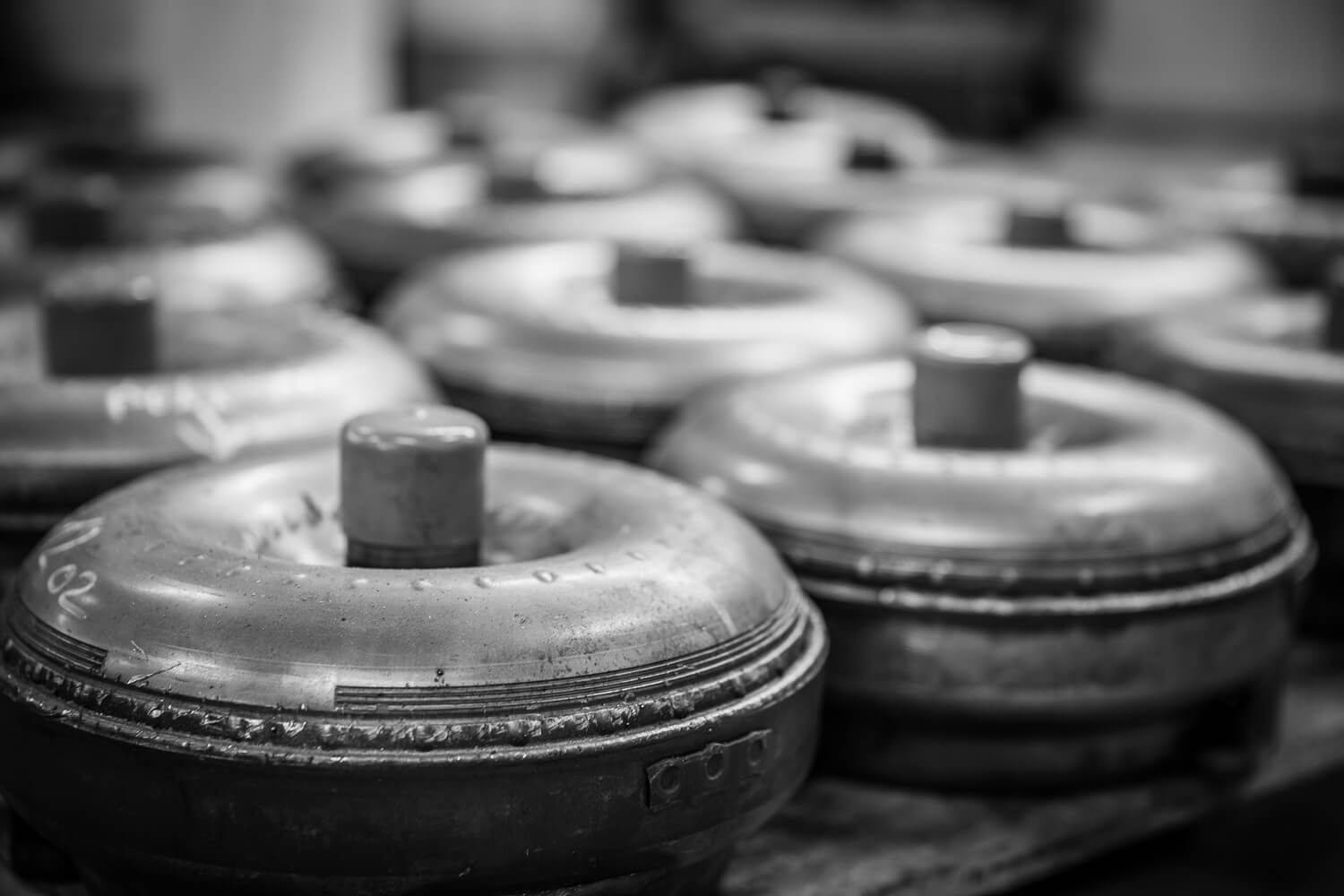
Adequate transmission fluid level is like A and O – it is absolutely necessary for the transmission to work! The transmission oil pump must be able to suck oil freely when cold as well as when hot, while driving in a curve and being inclined. Transmission oil is like a circulatory system, without which the transmission does not work.
Dipstick
The older transmission have an oil bar that can control the oil level in the transmission and is usually located in the driver’s corner in front of the car in the front wheels. In rear-wheelers it is usually behind the engine compartment in the passenger side’s corner.
As liquids have the ability to swell as the temperature rises, it is also necessary to monitor the use of cold (ca. 20 degrees) or hot (ca. 80 degrees) oil level. Confusing them can cause either underfilling or overfilling the transmission – in both cases there is a danger to the health of the transmission.
NB! Some car manufacturers have put the transmission and the engine oil rod close to each other and people often confuse or exchange them. This is again a case of potential repair!
If there is no oil bar in the transmission, the oil flow control is difficult. There is an oil cap attached on the transmission or in the bottom of it, that is so called outflow opening, where the oil has to gently pull out when the correct level is reached.
What is important in checking?
In addition to the temperature, other parameters that are important to the measurement are also very important! First of all, the engine must ALWAYS run! It is advisable to take a short test run (briefly drive all the gears) and then put the gear shifter (engine running!) In the P position.
Remove the rod, clean it, and then put it back in the measuring tube again. Always look at both sides of the rod and read the lower level. Often, the oil dipstick is made so narrow/thin that the rod touches the pipe wall and thus gives you the wrong measurement result. Therefore, always check both sides of the rod!
Value the quality of the oil
Evaluate the oil quality by checking the oil flow. To do this, take a white paper and drop a few drops of oil on it. If you feel the scarring, it indicates strong oxidation and consult a specialist before rushing to an oil change to replace the new oil in the transmission. If the color of the oil is dark brown or black, the oil change should be done. If the oil is beautifully red or yellow (in some cases also green or blue), there is no need of the change.
How often should the transmission oil level be checked?
If the vehicle is a conventional vehicle and there is no leakage on the outside of the car, this question could be answered in the same way as the engine oil level check – a weekly check is considered sufficient by some, while the others do not pay attention to it at all.
It is certain that, in most cases, the level of oil in the regular service is not controlled unless you require it. If there is a leak in the transmission or in its cooling ducts, the oil level should be checked frequently enough to make it possible to pour oil into the low level. The more the vehicle is in the marginal situation (strong trailer transport, inclined landscape, etc.), the more often the oil level should be checked.








